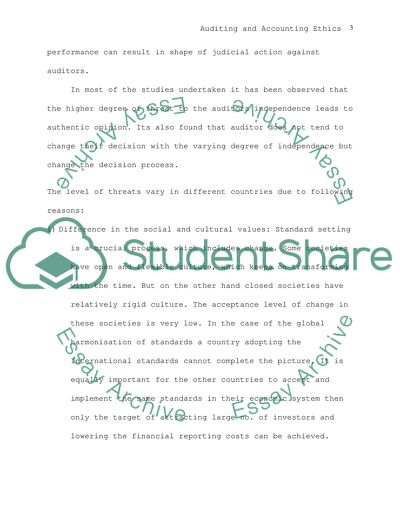Cite this document
(“Auditing and Accounting Ethics Essay Example | Topics and Well Written Essays - 4250 words”, n.d.)
Retrieved de https://studentshare.org/social-science/1512205-auditing-and-accounting-ethics-essay
Retrieved de https://studentshare.org/social-science/1512205-auditing-and-accounting-ethics-essay
(Auditing and Accounting Ethics Essay Example | Topics and Well Written Essays - 4250 Words)
https://studentshare.org/social-science/1512205-auditing-and-accounting-ethics-essay.
https://studentshare.org/social-science/1512205-auditing-and-accounting-ethics-essay.
“Auditing and Accounting Ethics Essay Example | Topics and Well Written Essays - 4250 Words”, n.d. https://studentshare.org/social-science/1512205-auditing-and-accounting-ethics-essay.


